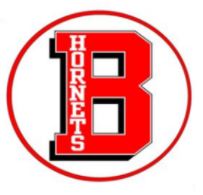The Mathematics program at Branford High School is designed to blend the concrete with the abstract, application with theory, and skills with concepts. As students progress through this sequential program, they learn to display the mastery of mechanical skills through the development of higher-order thinking skills, such as analyzing, predicting, and drawing conclusions.
Our approach to the teaching of mathematics is predicated upon the conviction that instruction should strike a balance between formal presentation by the teacher and discovery by the student through such means as hands-on activities, classroom experiments, work with calculators/computers, and engagement in rich instructional tasks with peers. This varied instruction should accommodate the diversity of student learning styles and interests by providing each student the opportunity to find success through his/her/their own efforts and to gain the life skills necessary for success in a technological, information-based world.
Through varied instructional techniques, especially by engaging in rich instructional tasks with peers, students should become more motivated and persistent and should improve their sense of responsibility, self-reliance, and intellectual curiosity. Interpersonal relations and a sense of community as moral and ethical values should also be enhanced.
The following departmental performance expectations are the focus of the mathematics curriculum:
Analyze trends/patterns to create models and make predictions
Utilize tools and technology appropriately within a mathematical context
Apply mathematical concepts to multi-step, authentic problems

